Since the 1960s, astronomers have wondered how the Sun’s supersonic “solar wind,” a stream of energetic particles that flows out into the Solar System, continues to receive energy once it leaves the Sun. Now, thanks to a lucky line up of two spacecraft currently in space studying the Sun, they may have discovered the answer.
Tag: SUN
Why does skin get ’leathery’ after too much sun? Bioengineers examine cellular breakdown
A study from Binghamton University, State University of New York researchers explores how ultraviolet radiation can alter the microstructure of human skin. Particularly affected is collagen, the fibrous protein that binds together tissue, tendon, cartilage and bone throughout our bodies.
It’s Hot Outside, Stay Hydrated
This week, Carol Nwelue, MD, at Baylor Scott & White Health, answers common patient questions and reacts to the latest medical research. With temperatures increasing in the summer, what are some symptoms of dehydration? (SOT@ :14, TRT :19) What should…
Harnessing Plant Molecules to Harvest Solar Energy
ROCKVILLE, MD – Our current solar panels aren’t very efficient; they are only able to convert up to about 20 percent of the sun’s energy into electricity. As a result, to generate a lot of electricity, the panels require a lot of space—sometimes leading forests to be cut down or farms to be replaced by solar.
Astronomers use novel technique to find starspots
Astronomers have developed a powerful technique for identifying starspots, according to research presented this month at the 241st meeting of the American Astronomical Society.
Salon Assistant Looks for Skin Cancer on Clients After Her Own Battle with the Disease
A Salon Assistant for 25 years, Barbara Willock not only rescues her clients from bad hair days – she also looks to save their lives. “Many skin cancers go undetected because they are located in places that people might not…
A bigger nursery for the solar system’s first formed solids
The earliest solids formed in the solar system give clues to what radioactive species were made by the young sun, and which ones were inherited. By studying isotopic variations of the elements vanadium (V) and strontium (Sr), an international team of researchers including scientists from Lawrence Livermore National Laboratory found that those variations are not caused by irradiation from the sun but are produced by condensation and evaporation reactions in the early solar system.
Critical solar observations from NSF’s GONG network now maintained by NOAA’s Space Weather Prediction Center
Recently, NSF’s NSO successfully transitioned the processing of these important observations of the Sun’s magnetic field and lower atmosphere to the operational control of NOAA’s Space Weather Prediction Center (SWPC), a move that will ensure reliable delivery of the data to the NOAA’s space weather forecasters who are the nation’s official civilian source for space weather watches, warnings, alerts, and forecasts.
Rutgers Expert Available to Discuss Supernova Discovery
New Brunswick, N.J. (April 21, 2021) – Rutgers University–New Brunswick astrophysicist John P. (Jack) Hughes is available for interviews on a supernova (exploding star) discovery published today in the journal Nature. The discovery, made with NASA’s Chandra X-ray Observatory, features…
NASA awards $2 million for Wichita State professor to study the sun
Wichita State University’s Dr. Nick Solomey, professor of physics, has been awarded a $2 million grant from NASA for his work on developing a neutrino detector to work in space and close to the sun.
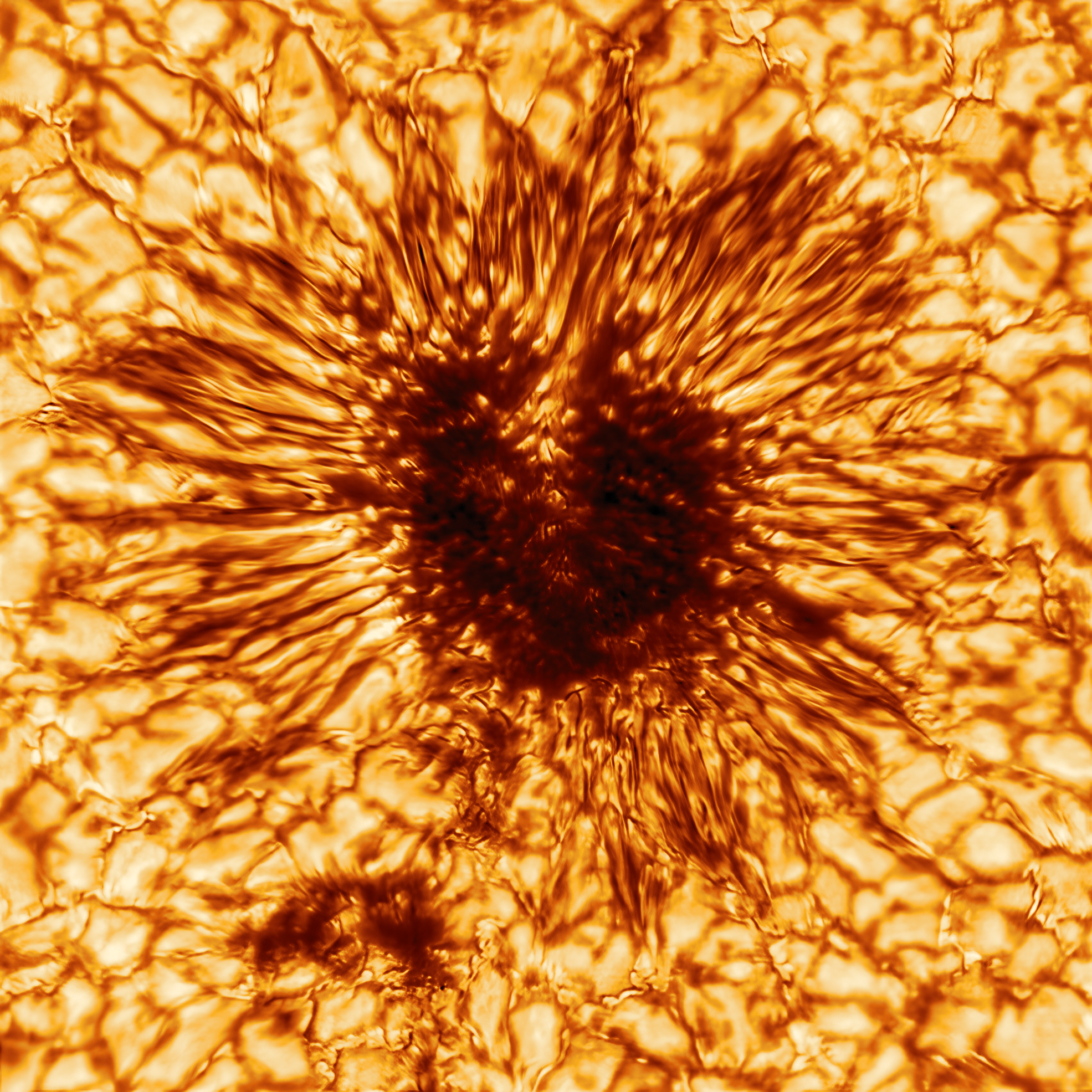
NSF’s Inouye Solar Telescope Releases First Image of a Sunspot
The U.S. NSF’s Daniel K. Inouye Solar Telescope just released its first image of a sunspot. The telescope’s four-meter primary mirror will give the best views of the Sun from Earth throughout the next solar cycle. This image is an indication of the telescope’s advanced optics. The image is released along with the first of a series of Inouye-related articles featured in the Solar Physics Journal.
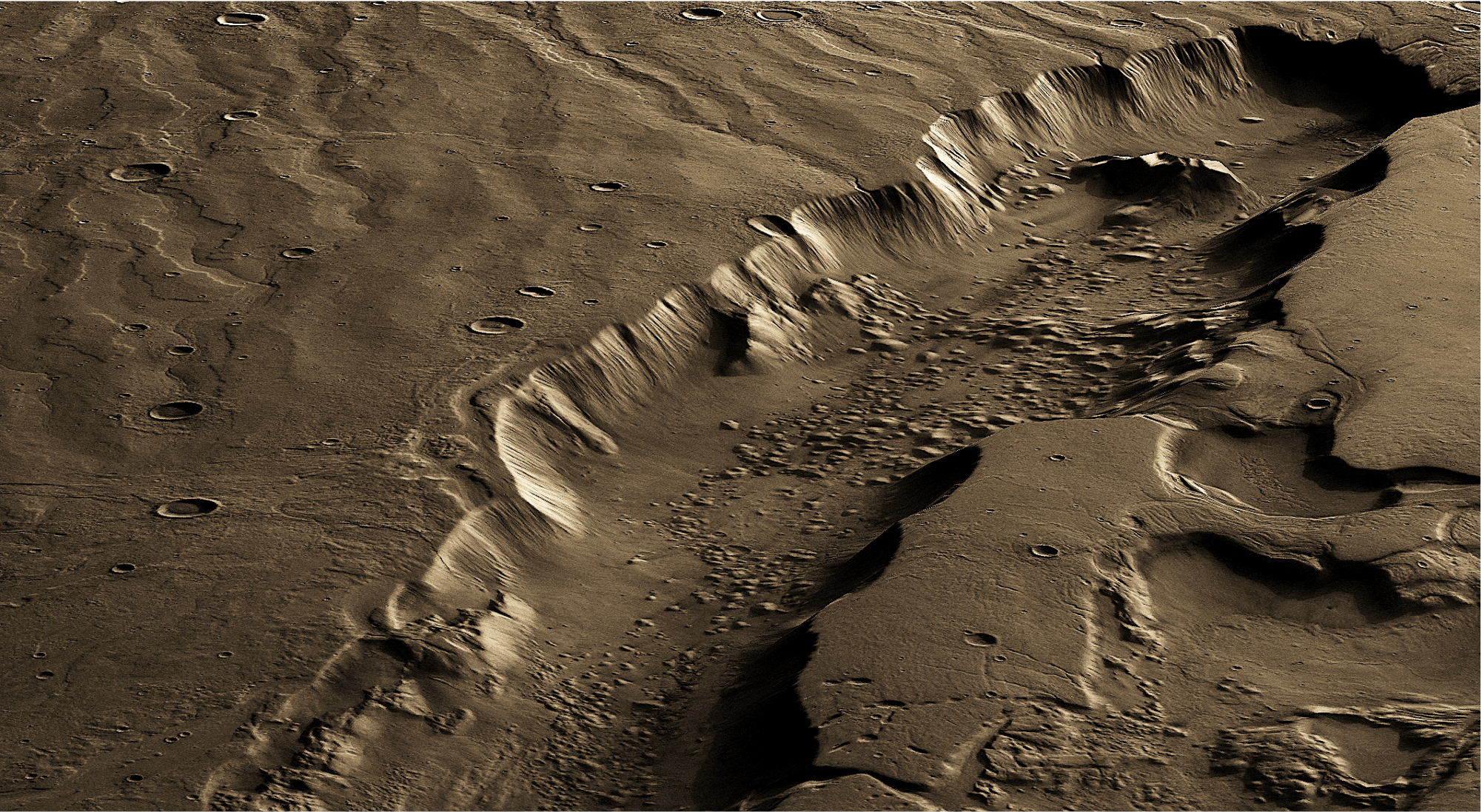
Best Region For Life on Mars Was Far Below Surface
The most habitable region for life on Mars would have been up to several miles below its surface, likely due to subsurface melting of thick ice sheets fueled by geothermal heat, a Rutgers-led study concludes. The study, published in the journal Science Advances, may help resolve what’s known as the faint young sun paradox – a lingering key question in Mars science.
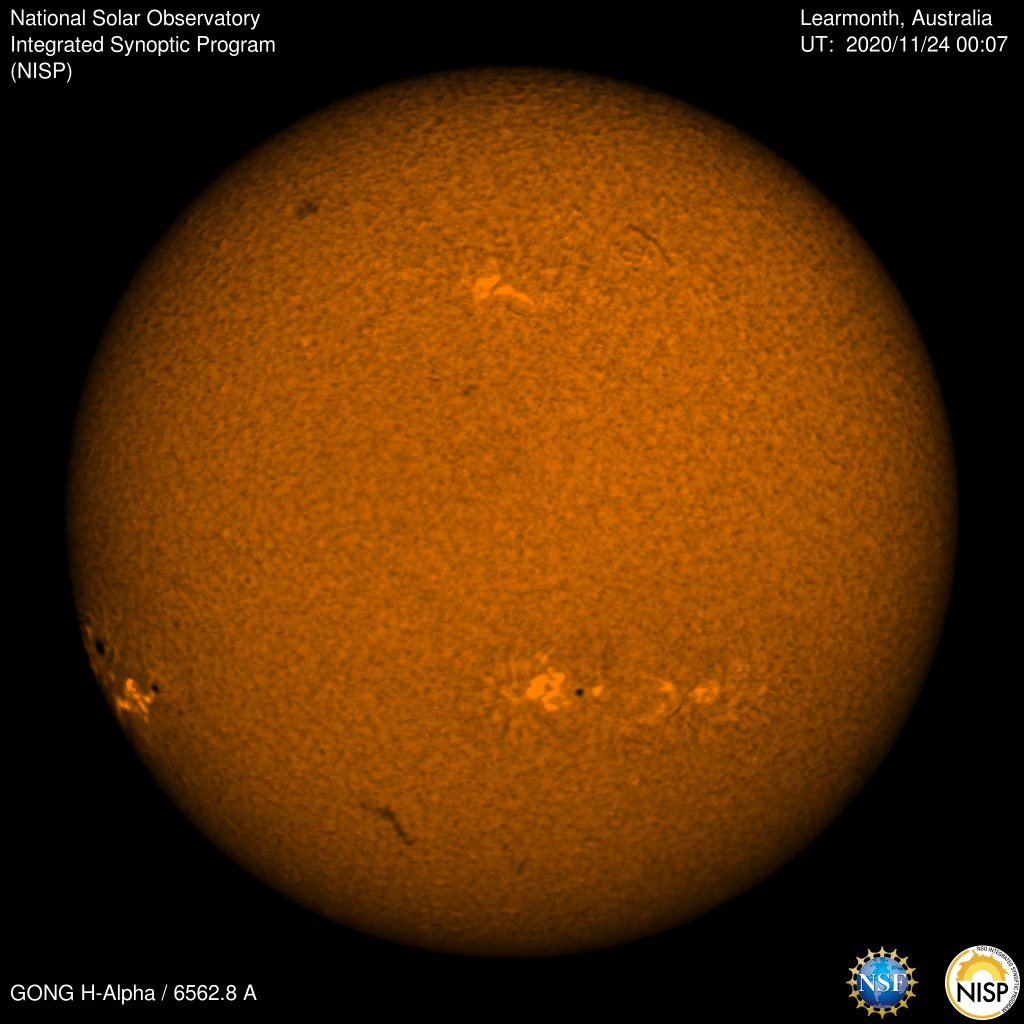
NSF’s National Solar Observatory Predicts a Large Sunspot for Thanksgiving
On November 18 scientists from the US National Science Foundation’s National Solar Observatory predicted the arrival of a large sunspot just in time for Thanksgiving. Using a special technique called helioseismology, the team has been “listening” to changing sound waves from the Sun’s interior which beckon the arrival of a large sunspot.
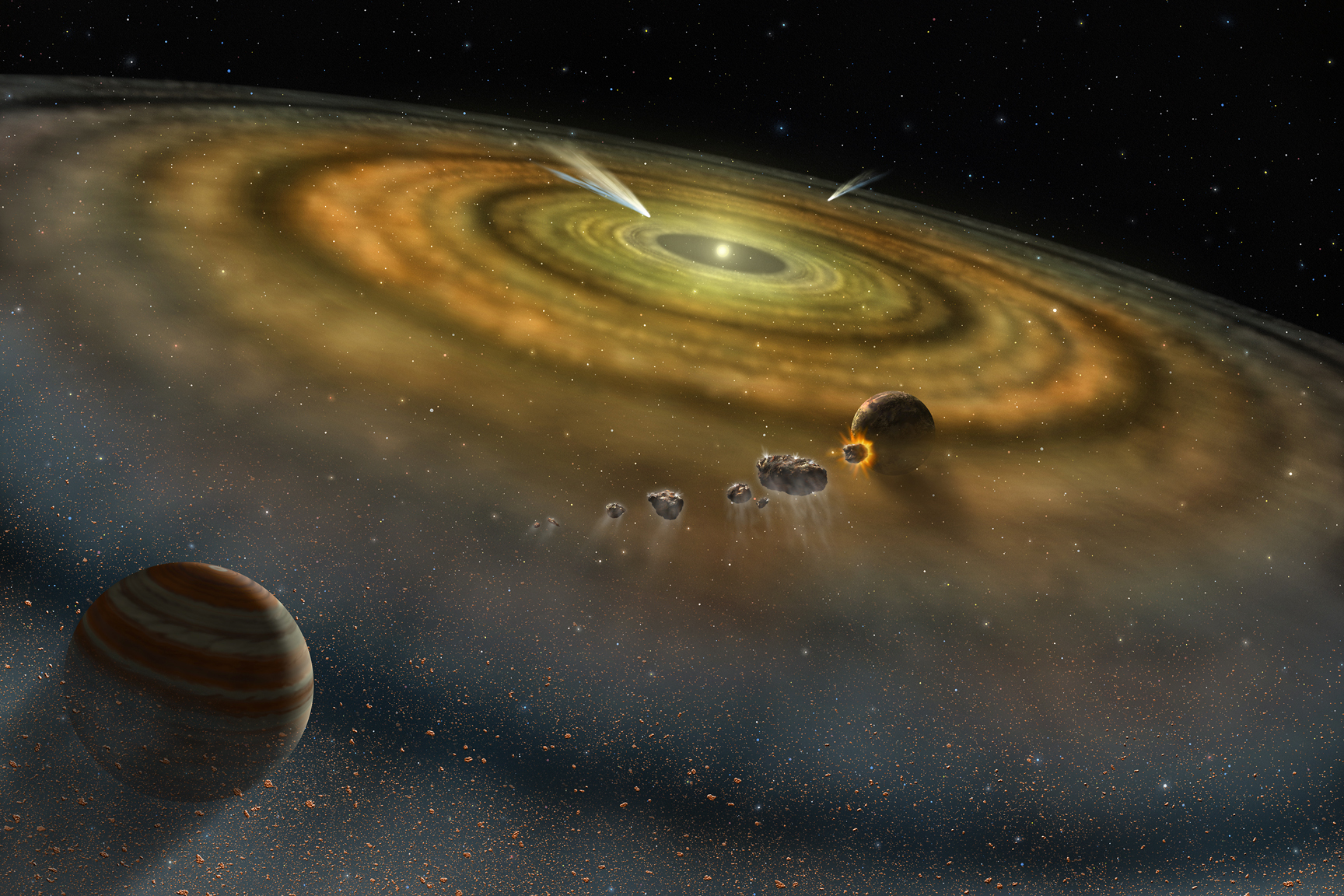
The solar system took less than 200,000 years to form
A long time ago – roughly 4.5 billion years – our sun and solar system formed over the short time span of 200,000 years. That is the conclusion of a group of Lawrence Livermore National Laboratory (LLNL) scientists after looking at isotopes of the element molybdenum found on meteorites.
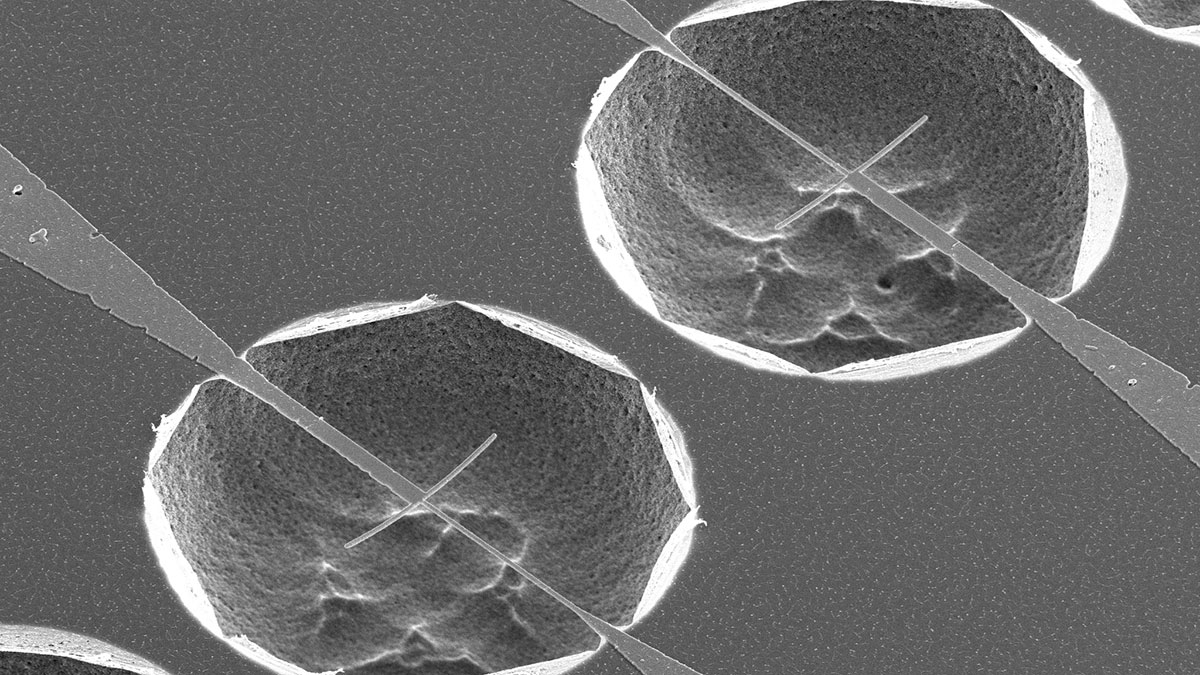
Engineers developing high-speed light detectors for closer look at the sun
Notre Dame researchers will use data from the new high-speed light detectors to determine the temperature of the sun’s lower atmosphere, measure the spectrum of solar flares and gain a better understanding of the role magnetic fields play in solar flare generation.
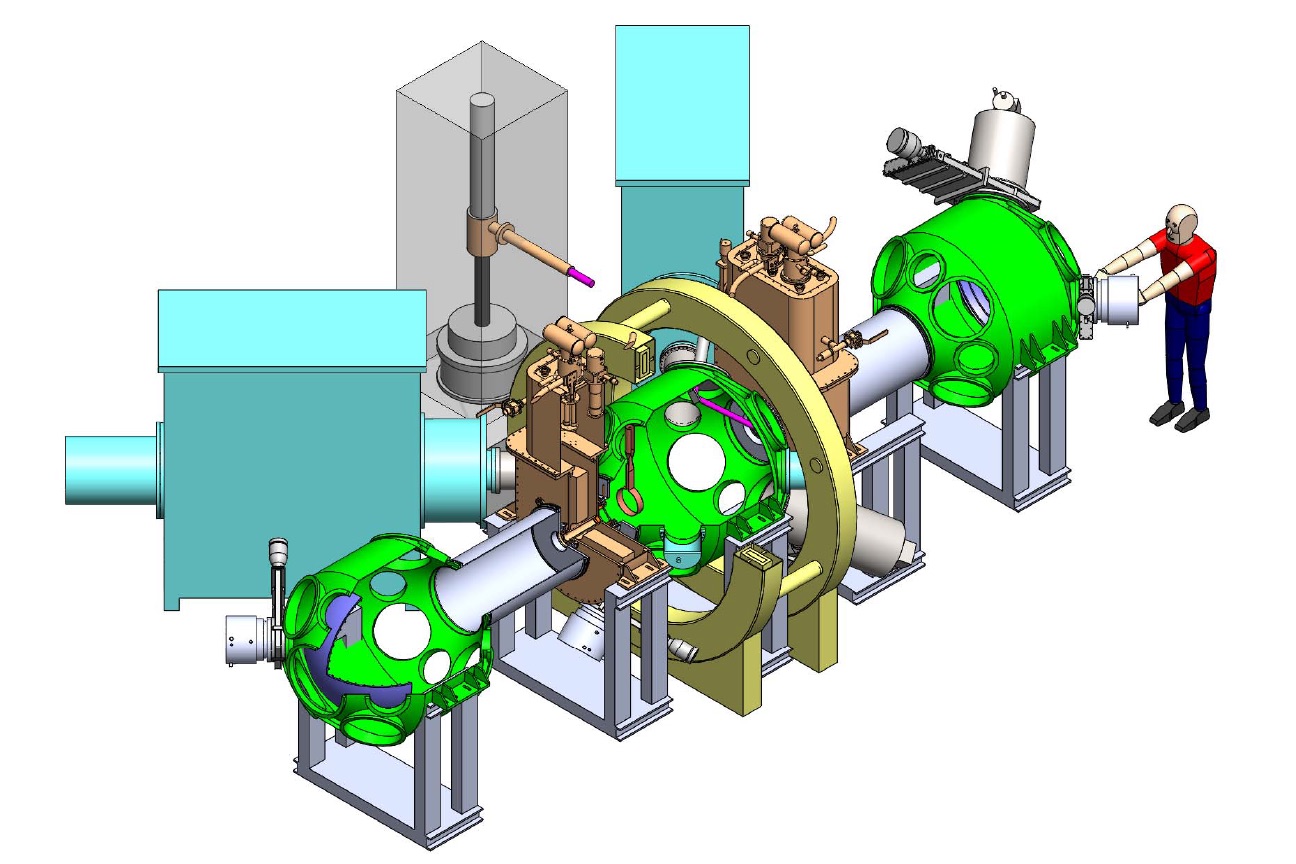
New research helps explain why the solar wind is hotter than expected
When the sun expels plasma, the solar wind cools as it expands through space — but not as much as the laws of physics would predict. UW–Madison physicists now know the reason.
UNH Researchers Find Clues to How Hazardous Space Radiation Begins
University of New Hampshire researchers use data from NASA’s Parker Solar Probe to observe sun’s plasma and energy build up particles released by solar flares – highlight new phase of energizing process leading to radiation hazards.

Binary star V Sagittae will explode as a very bright ‘nova’ by century’s end
Currently, the faint star V Sagittae, V Sge, in the constellation Sagitta, is barely visible, even in mid-sized telescopes. However, around the year 2083, this innocent star will explode, becoming as bright as Sirius, the brightest star visible in the night sky.
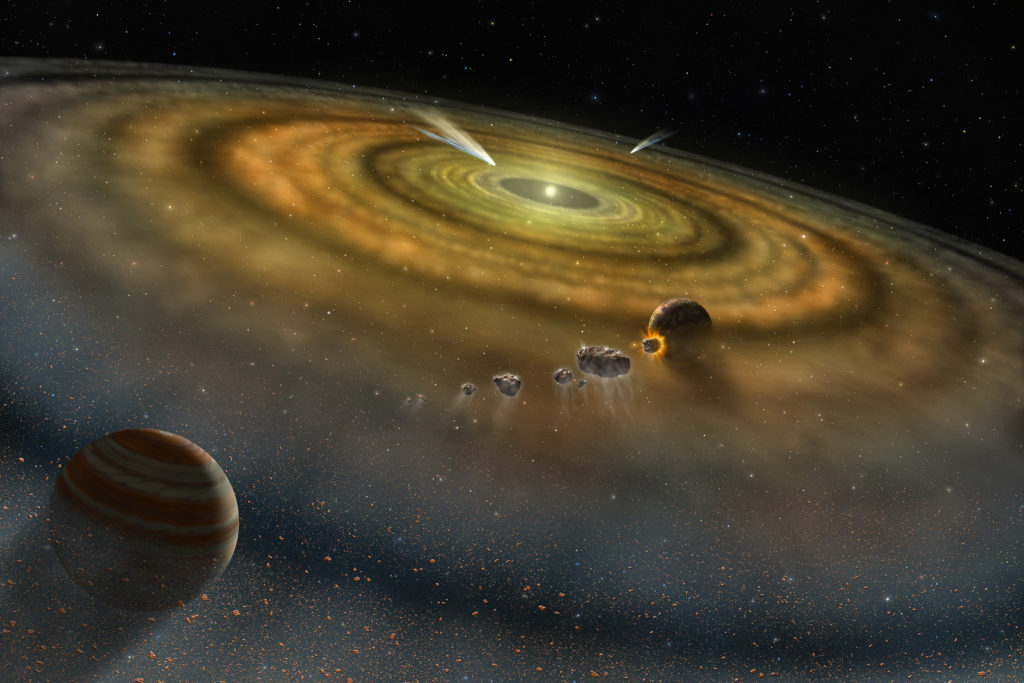
Meteorites lend clues to origins of earliest history of solar system
Lawrence Livermore National Laboratory (LLNL) scientists and a collaborator from the University of Münster reviewed recent work that shows how meteorites exhibit a fundamental isotopic dichotomy between non-carbonaceous (NC) and carbonaceous (CC – rocks or sediments containing carbon or its compounds) groups, which most likely represent material from the inner and outer solar system.
Researchers find protein promotes cancer, suppresses anti-tumor immunity
Researchers at The University of Texas MD Anderson Cancer Center have found that a protein involved in immune response to microbes, TBK1, also can fuel cancer development and suppress immune response to the disease.
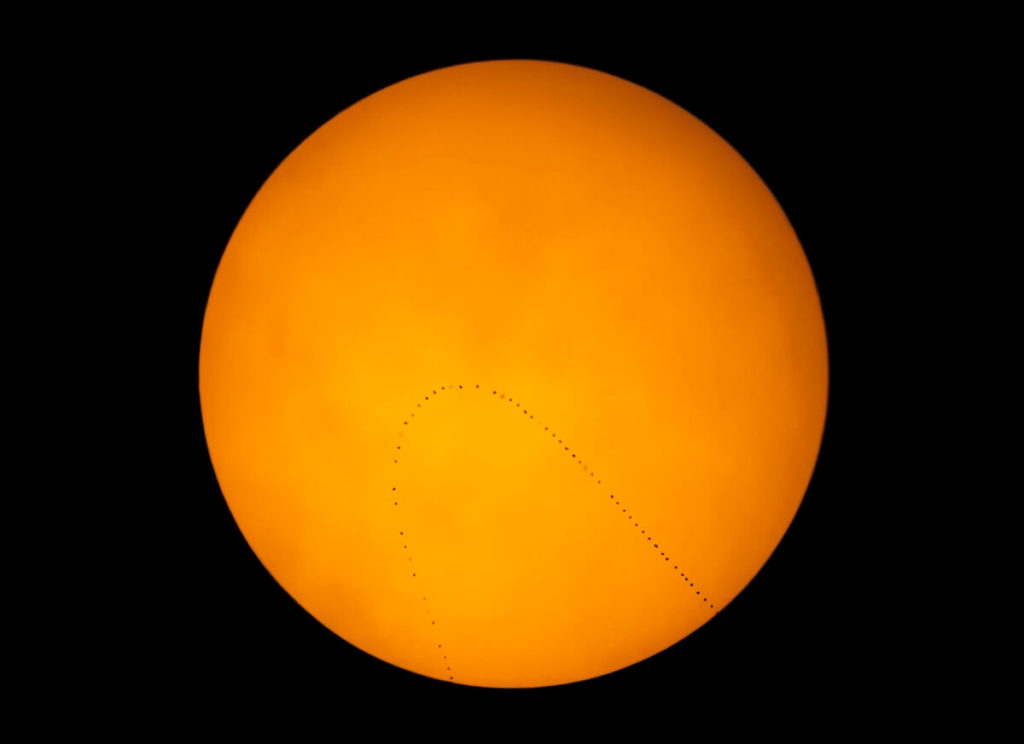
Mercury Transit Observed at Cerro Tololo Inter-American Observatory
About 13 times per century, fleeting Mercury can be seen passing directly in front of the Sun in what is called a transit. The most recent Mercury transit occurred on 11 November 11, 2019. While the path of Mercury across the Sun in fact traced a straight line, in this image the path appears to loop backwards due to an effect called field rotation as the telescope and camera track across the sky.

Super Spirals Spin Super Fast
Stars in the outer reaches of the Milky Way, including our Sun, orbit at an average speed of 130 miles per second. But that’s nothing compared to the most massive spiral galaxies. “Super spirals,” which are larger, brighter, and more massive than the Milky Way, spin even faster than expected for their mass, at speeds up to 350 miles per second.